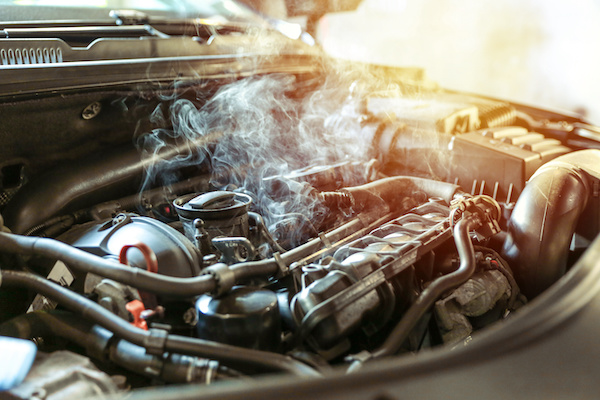
Experiencing an overheated engine can be a stressful and dangerous experience for any driver. It can cause substantial damage to your car's engine, resulting in costly repairs that no one wants to fork money out for. When you know what to do when your engine overheats, you can prevent the damage from spreading and safely get you to an auto repair shop.
Everything You Should Do When Your Car Overheats
- Turn off the A/C and Heat: When you notice your engine overheating, turn off the A/C and heat to reduce the engine's workload.
- Turn off the Engine: Pull over to a safe place and turn off the engine immediately. Let the engine cool for a minimum of 30 minutes before you open the hood.
- Check Coolant Level: While waiting for the engine to cool, check the coolant level. The coolant reservoir is a clear plastic container located under the hood labeled "coolant" or "antifreeze." If the level is low, add a mixture of coolant and water to the recommended level in your owner's manual.
- Check for Leaks: Check for leaks in the radiator, hoses, or water pump. If you find any, do not continue driving the car, and have it towed to a mechanic.
- Restart the Engine: After 30 minutes, start the engine and see if the temperature gauge returns to normal. If it doesn't, turn off the car and call a mechanic to diagnose the issue.
- Avoid Driving Long Distances: If the engine still overheats or the temperature gauge spikes again, avoid driving the car long distances. You may need to call for a tow as well.
Please remember to call the experts at Thom's Four Wheel Drive to diagnose and fix your overheating problem. You should always act quickly when your engine runs too hot and take the necessary precautions.